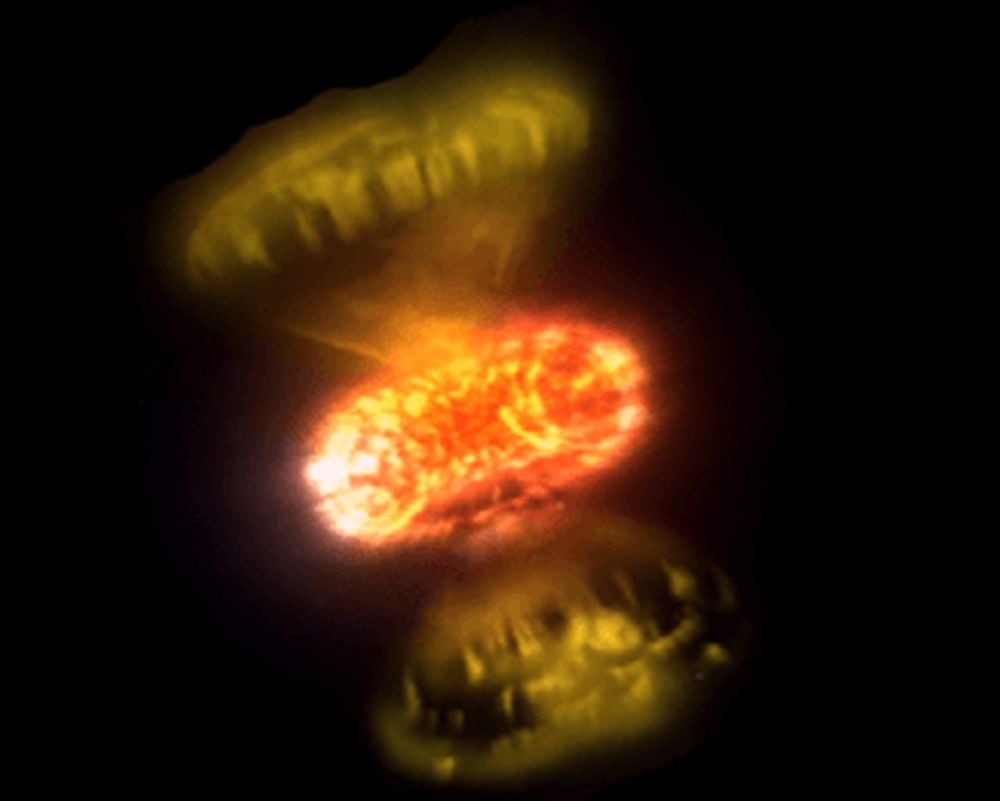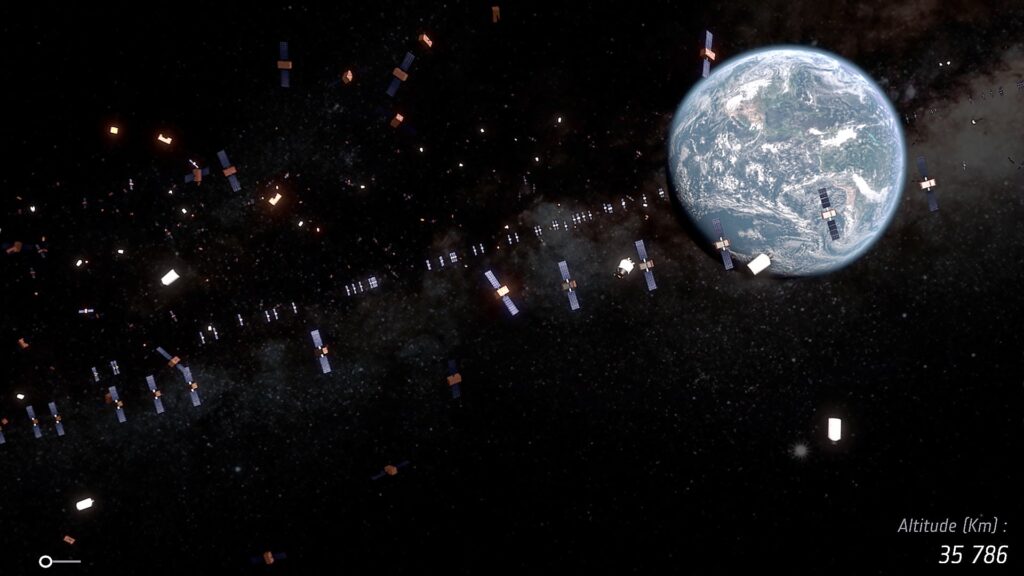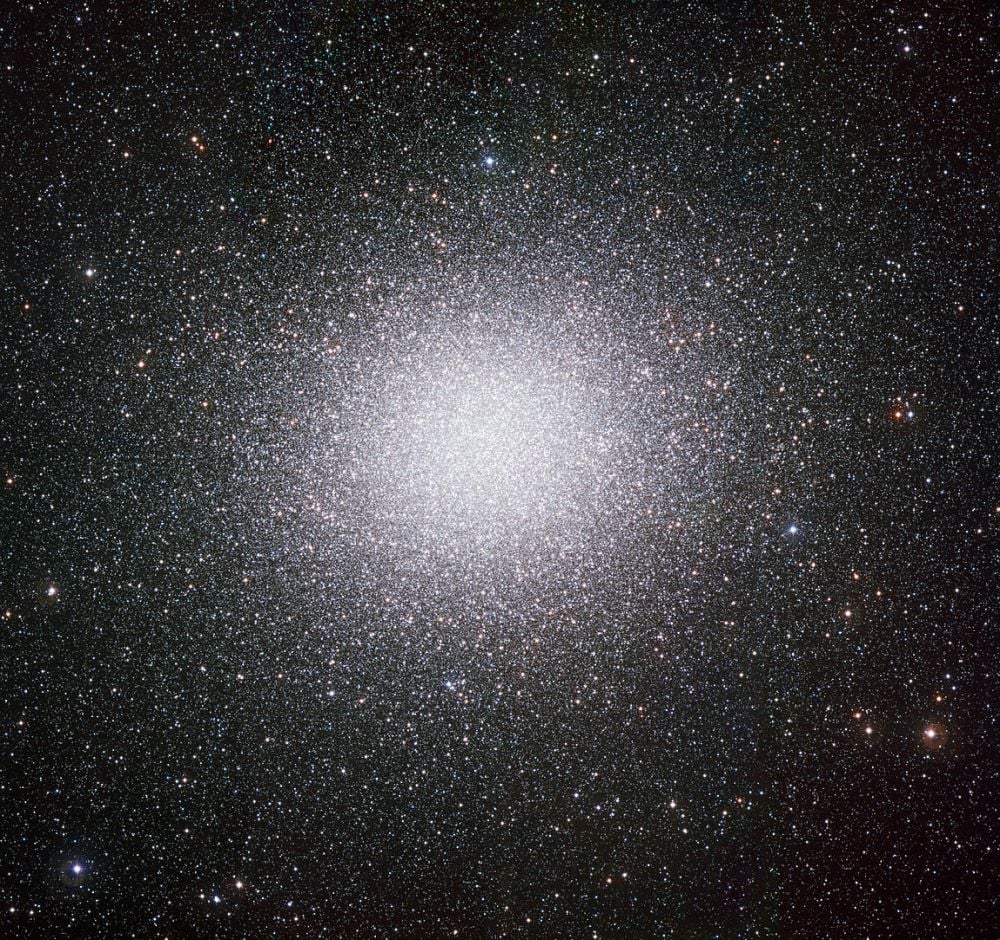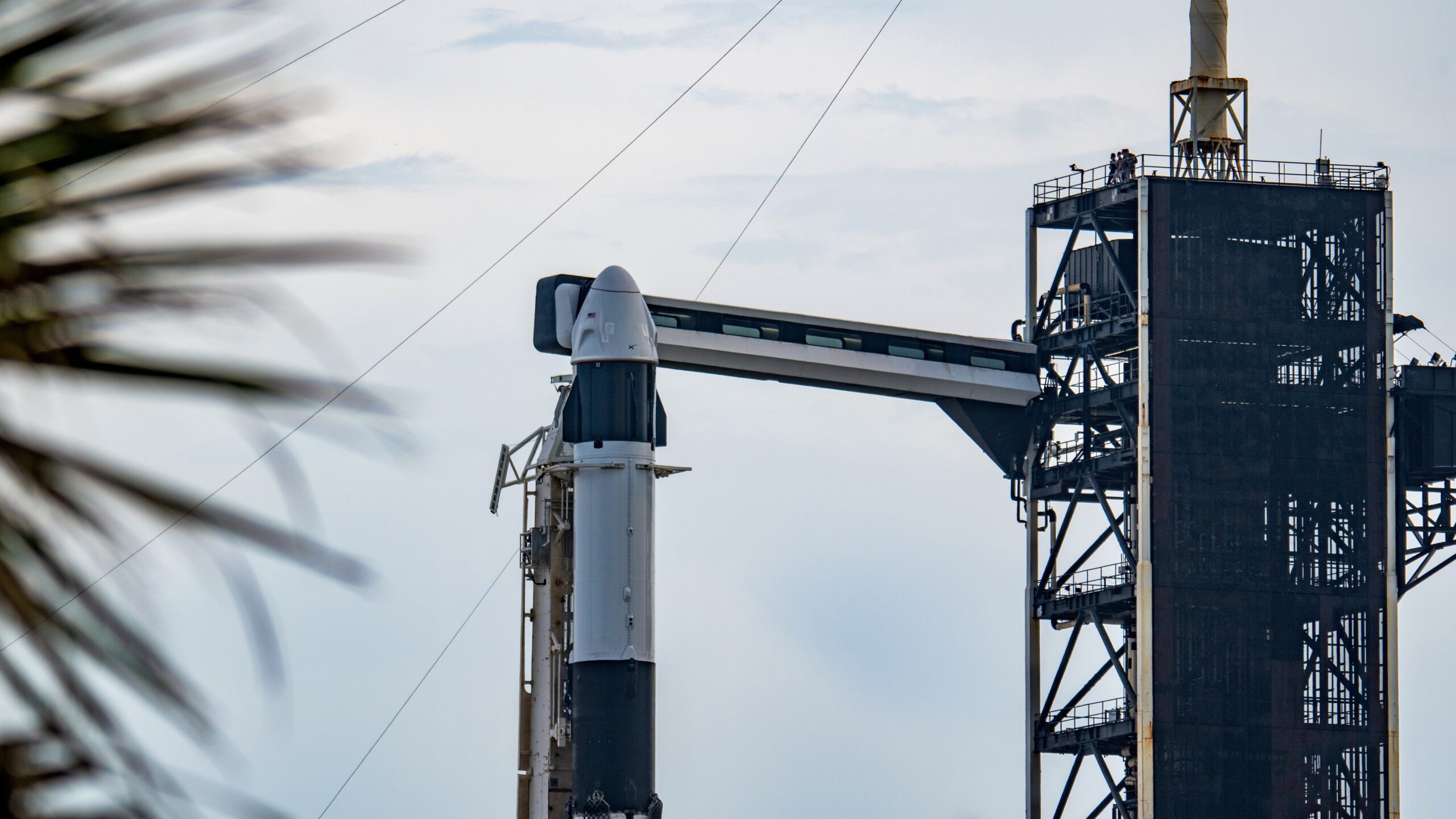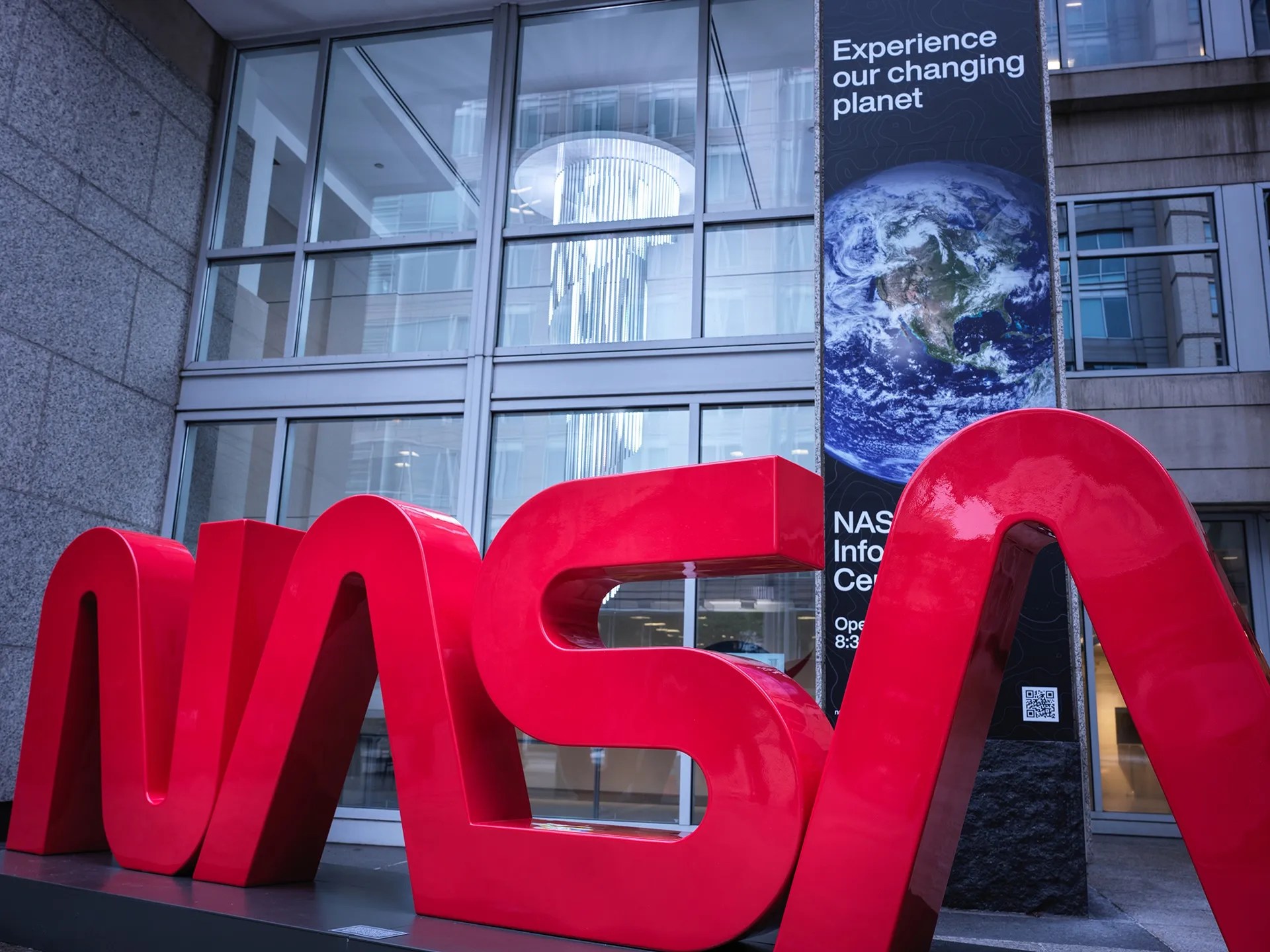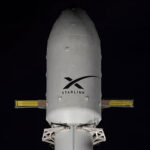Now Reading: Very Massive Stars Expel More Matter Than Previously Thought
-
01
Very Massive Stars Expel More Matter Than Previously Thought
Very Massive Stars Expel More Matter Than Previously Thought
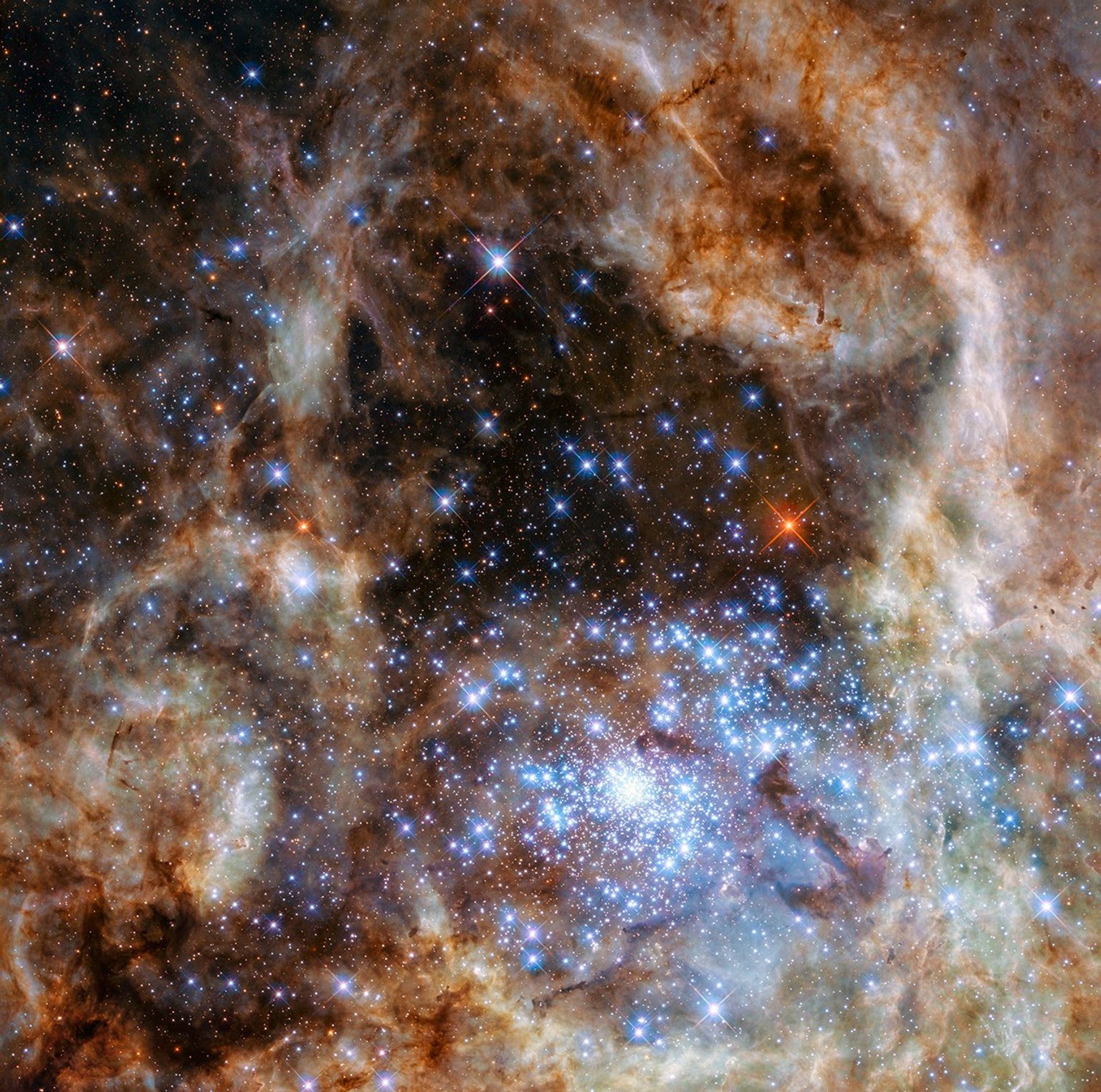

Very massive stars (VMSs), which typically has masses about 100 times that of our own Sun, are critical components in our understanding of the formation of important astronomical structures like black holes and supernovae. However, there are some observed characteristics of VMSs that don’t fit the expected behavior based on the best models we have of them. In particular, they hover around a relatively limited band of temperatures, which are hard to replicate with typical stellar evolution models. A new paper from Kendall Shepherd and their co-authors at the Institute for Advanced Study (SISSA) in Italy describes a series of new models based on updated solar winds that better fit the observations of VMSs in their natural environment, and might aid in our understanding of the development of some of the most fascinating objects in the Universe.
Stay Informed With the Latest & Most Important News
Previous Post
Next Post
-
 012024 in Review: Highlights from NASA in Silicon Valley
012024 in Review: Highlights from NASA in Silicon Valley -
 02Panasonic Leica Summilux DG 15mm f/1.7 ASPH review
02Panasonic Leica Summilux DG 15mm f/1.7 ASPH review -
 03How New NASA, India Earth Satellite NISAR Will See Earth
03How New NASA, India Earth Satellite NISAR Will See Earth -
 04And Thus Begins A New Year For Life On Earth
04And Thus Begins A New Year For Life On Earth -
 05From Polymerization-Enabled Folding and Assembly to Chemical Evolution: Key Processes for Emergence of Functional Polymers in the Origin of Life
05From Polymerization-Enabled Folding and Assembly to Chemical Evolution: Key Processes for Emergence of Functional Polymers in the Origin of Life -
 06Astronomy Activation Ambassadors: A New Era
06Astronomy Activation Ambassadors: A New Era -
07SpaceX launch surge helps set new global launch record in 2024












